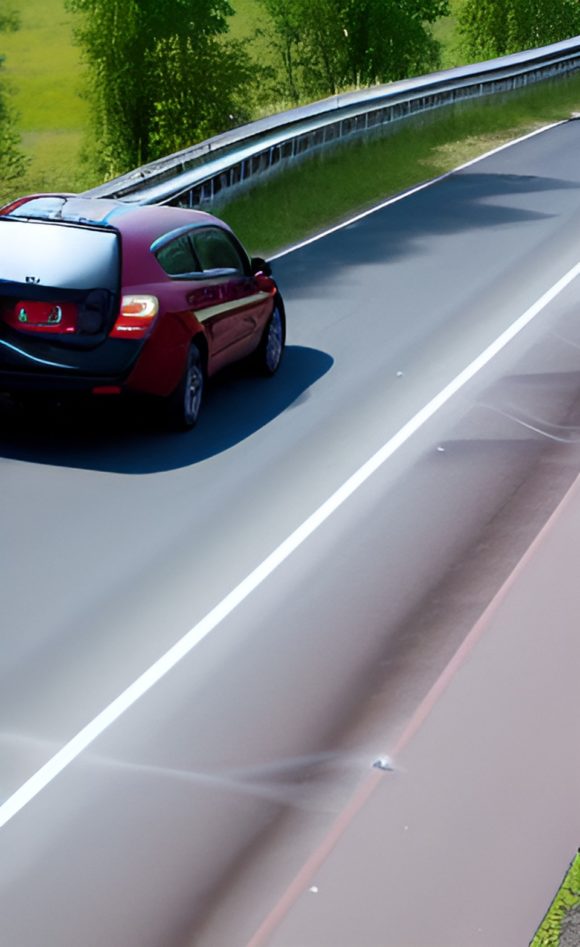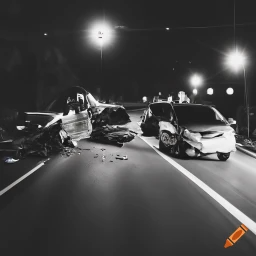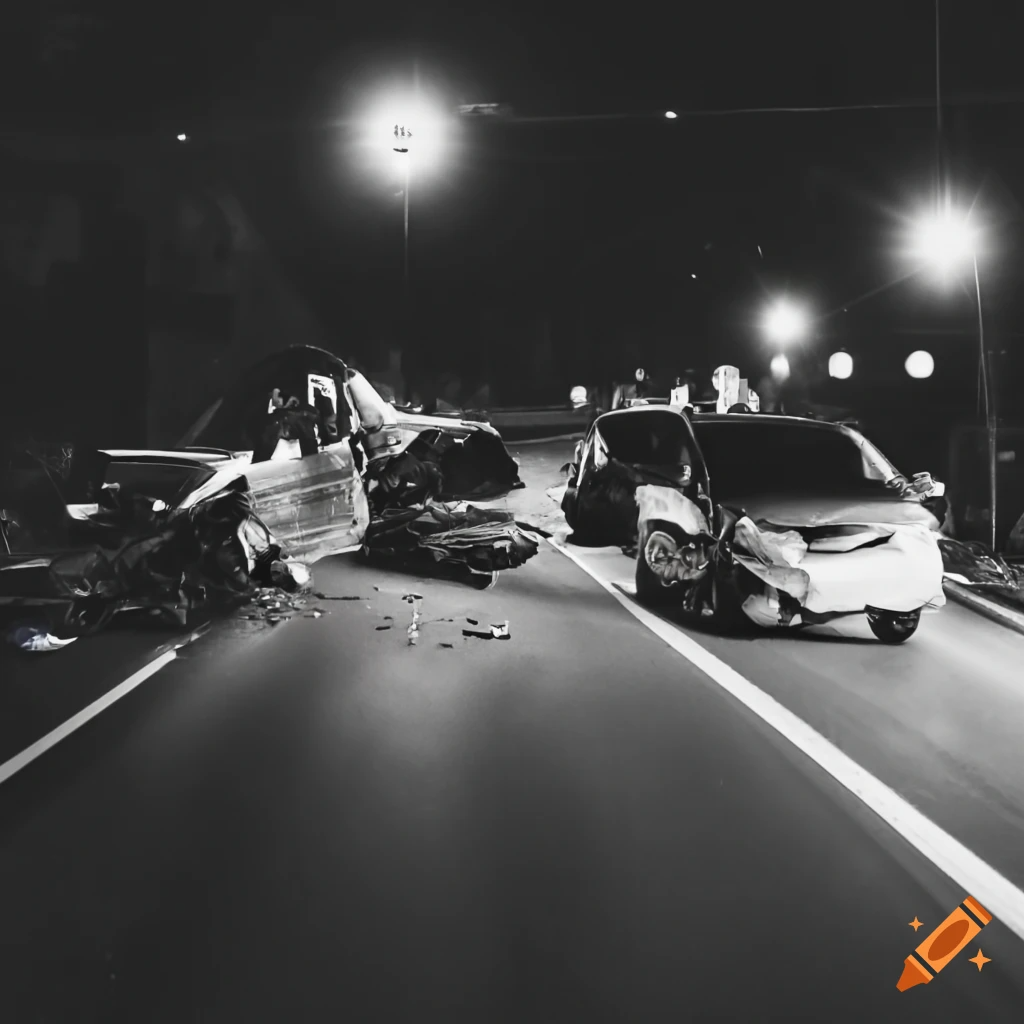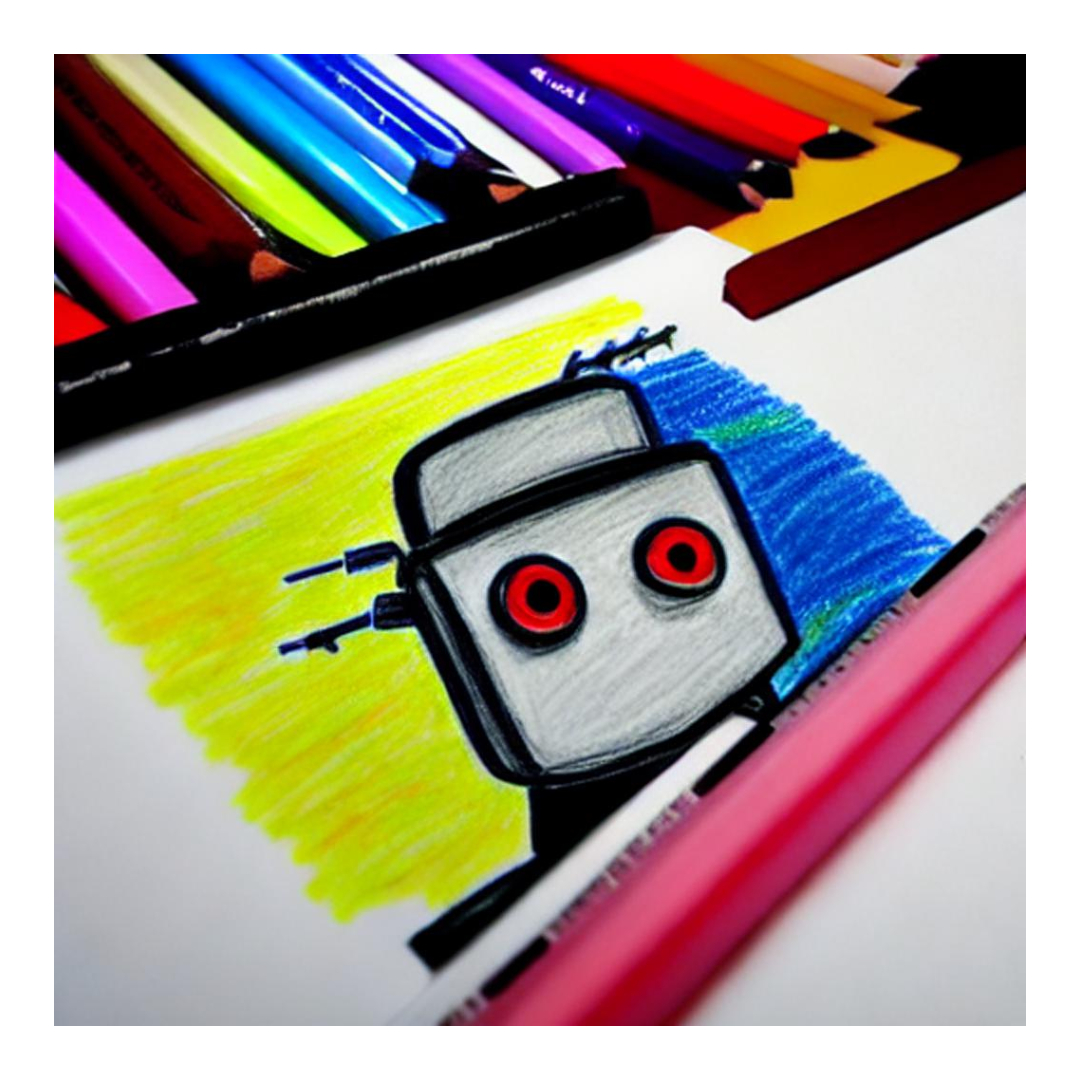We have covered images a lot in our blog. When it comes to online legal content marketing, images are an integral part of your law firm’s social media outreach, as they can double the engagement of your posts. They can also score a couple of points on the search engine optimization (SEO) front, though the impact is a fairly small one. However, adding images to your legal content can also be a minefield of hazards: An alleged copyright violation can be awkward for law firms and can hurt your SEO – even if you know your image licenses – and many images contain hidden trademarks that could lead to allegations of infringement. Additionally, doing images well is costly and not easy to do – hence why lots of law firms rely heavily on stock photos and routinely get criticized (unfairly) for it.
As a result, whether to include images in your law firm’s online marketing content can be a difficult decision. Generally, we see them as a luxury that law firms can usually do without.
But then artificial intelligence (AI) started turning text prompts into images and everything changed.
Kind of.
Not really.
There’s a reason why you haven’t seen every law firm across the country using AI-generated images in their content marketing yet. AI-generated artwork is a game-changer, just not for this game.
The Dust Here is Settling Down
AI-generated images is, at this point, not a new phenomenon. AI image-generating tools and websites began appearing online in the middle of 2022, and in September, 2022, we had the watershed moment of an AI-generated artwork winning a contest.
We didn’t cover the issue on our blog because we knew that it would be chaos and anything we wrote would be obsolete in a matter of weeks. We told our clients basically what we’re telling them now about AI-generated written content: Stay the course, don’t buy into it, let’s see how it all plays out before making any moves.
On the AI image front, it has (largely) played out.
Here’s the lay of the land.
A Plethora of Generators With a Couple Pricing Schemes
In the past year, numerous websites have opened up their own AI artwork generating machines. Just a couple of them are:
- Fotor
- Canva
- Dream (by WOMBO)
- DALL-E 2
- Midjourney
- NightCafe
- GetIMG
- Deep Dream Generator
- Craiyon
Given the niche that these machines are in, it took very little time for developers to start charging money for AI-generated images. When the alternative was to pay artists or photographers hundreds of dollars or to subscribe to an expensive image repository like Shutterstock, it was silly to hand out the pictures for free. Many sites adopted payment structures.
On nearly all of them, you have to create an account to expose yourself to their marketing. Most of them use a credit system where you earn credits by, for example, watching ads, and then using those credits to create artwork. Some claim to be “free” and use the credit system, but you have to buy the credits, so it isn’t free. A couple, like Picsart, have gone with the classic subscription model while also offering a limited suite of features for free to get you hooked.
Generally, the price for a subscription or the credits is far below what you would pay for a traditional artist or for a good image database. Picsart, for example, offers all of its features for $5/month for a single account.
There is a Learning Curve and the Results Are Underwhelming Until You Overcome It
First, let’s get something out of the way: The idea that you can type in some words, click a button, and get a magnificent piece of art is a myth. If that were the case, then everyone would be doing it.
But it’s clear that not everyone is doing this, therefore…
In fact, if you look closely at the people who are capitalizing on AI-generated artwork and using it to create anything impressive, you’ll find that they are artists, themselves.
That’s because the images that AI produces are, as far as we can tell from spending some hours toying with these generators, very much a first draft.
Oftentimes, that first draft is unusable.
For example, we asked Dream for a “photo of a car accident with 2 cars on a highway” – something that we would definitely use for a personal injury blog post.

There are dozens of issues here, chief among them being the lack of a car crash. We gave the same prompt to Craiyon and got this:

Yes, that’s the full size image. When we “enhanced” it, we got:

Bigger, but the size really only makes the limitations more apparent. Additionally, there’s that logo in the bottom right.
It was at this point that we saw why most of these sites offer image-editing features. Nearly all of these AI-generated artwork sites give you two things: A field to type in a description of the picture you want to see, and a bunch of image manipulating tools.
The image that the AI program gives you is just the beginning. You’re still expected to tweak it and touch it up until it is something that you can use.
Watch Out for Limited Image Licenses and Conditions
One thing that disappointed us while we used some of these AI-generating services was how difficult it was to determine whether we could use the images that it produced. Other photo sites, like Flikr, are very clear about whether you have to, for example, provide attribution to the artist or photographer, or if you can use the image for commercial purposes.
Some AI artwork sites are far less upfront about it. Given how novel their approach is to creating artwork, we were surprised. For example, it was only after digging through Dream’s terms of use that we found that, “In exchange for access to or use of the Service… you agree to attribute or give appropriate credit to WOMBO for its assistance in generating any artwork in any reasonable manner, but not in any way that suggests the licensor endorses you or your use.”
This Isn’t What Online Legal Marketing Needs
For online legal content marketing, images can be an important piece of the puzzle. However, the benefits that they provide to most law firms are not going to be enough to justify spending much time or money. To be worth it, AI-generated artwork would have to reliably provide usable, photo-realistic images from the description of the image that you provide. It would have to be, “Give me a photo of a car accident that isn’t one of the five that everyone else is using… That works, I’ll upload that.”
We’re not there, yet.
At its current iteration, AI-generated images are still providing preliminary mockups of what you describe to the program. The process of taking that mockup and turning it into something that you can use on your website is surprisingly intense and would take hours of practice to develop.
This doesn’t satisfy the needs of online legal content marketing. That is why we haven’t seen AI-generated images in every law firm’s social media feed. Only when attorneys can get something usable without having to tweak what the AI produces will it become something worth pursuing.
Be Careful What You Wish For
After playing around with some of these AI programs for the better part of a day, we were a bit disillusioned with what was out there. This was supposed to be a revolutionary development. We had expected to be let down a bit: Those are some high expectations, but also the fallout from AI-generated images hadn’t been earthshattering in online marketing. If it was that good, there would have been more waves, right?
But what we found was a bit disappointing.
To sum up our experience with AI-generated artwork, we wanted the featured image of this article to be a picture of a robot, drawing with a crayon. We envisioned some stereotypical cyborg, sitting at a desk and full-fisting a crayon like a toddler trying to force it through a sheet of construction paper. We asked Picsart for “a robot drawing with a crayon.”
We got a drawing, in crayon, of a robot.

Such a completely different result from an alternative interpretation of the word “with.”
Though it was also the best quality image that we had produced all day.
Maybe we’re finally getting the hang of it.